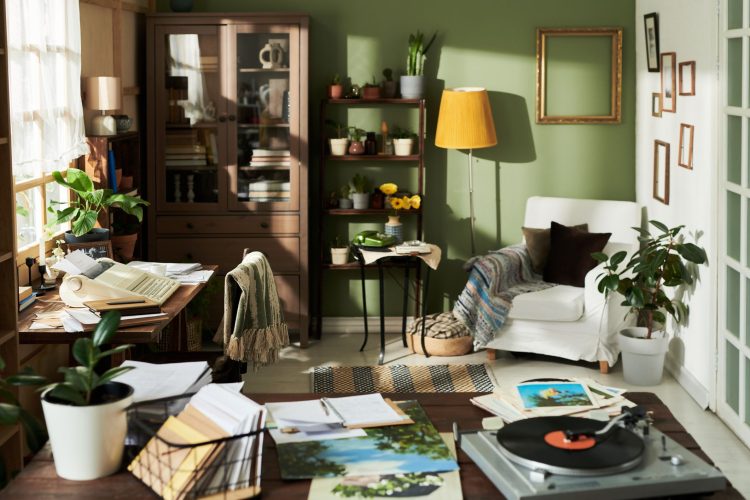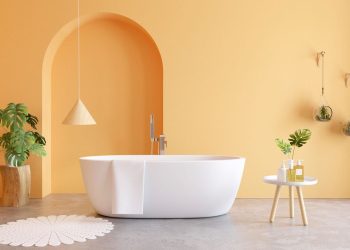You don’t have to be a professional interior decorator to design a great space in your home. However, there are some common pitfalls that homeowners can become subject to if their not careful. If you are ready to redecorate and reorganize, be sure that you are aware of these common design mistakes that can lead to stress, and learn how to avoid them.
Cluttered Layouts
Few home mistakes can add stress quite like excess clutter. Unfortunately, visual clutter can be just as stressful as the real thing. Even if your belongings are technically put away and organized, if your room’s layout appears to be overstimulating and overstuffed, you’re likely to feel the psychological effects of clutter—even though your space is “clean.” Avoid using too much furniture for the space, and be thoughtful before opting for oversized pieces. Organizing items behind cupboards or armoires can help to reduce the visual clutter that comes from too many items out on display.
Lack of Natural Light
A lack of natural light may be a true fault of your architecture, but every space can use a helping hand when it comes to lighting. If you feel that your mood may be suffering because of the lack of light in your home, it’s time to make some improvements. Avoid dull or dark-looking blinds—instead opt for white or cream-colored curtains to diffuse as much light as possible throughout the space while still offering privacy. Similarly, don’t make the mistake of dark wall colors. White or light pastels will bounce the light around the room and create an airy open feel.
Overstuffed Spaces
The best modern design trends can’t compete with true clutter. Overstuffed spaces can put a huge damper on your enjoyment of your home. If you have clothes lying around, too many dishes stacked in your cupboards, and your home is generally overstuffed, you’ll never truly enjoy the design choices you could be making in your home. Take a stand and purge the extras. Remember your home is designed to house you—not just your stuff.
Ignoring Color Theory and Psychology
Color can have a big impact on your home. Bright, energizing colors in the bedroom may not instill the calm effect you need for a good night’s sleep, while only greys and beiges can be too bland. Use the color wheel to find complementary colors for your spaces, and be sure to think about the feeling the color evokes in your space. Greens and blues are perfect for cozy and zen rooms, while bright reds and yellows may be ideal for your kitchen or living areas.











